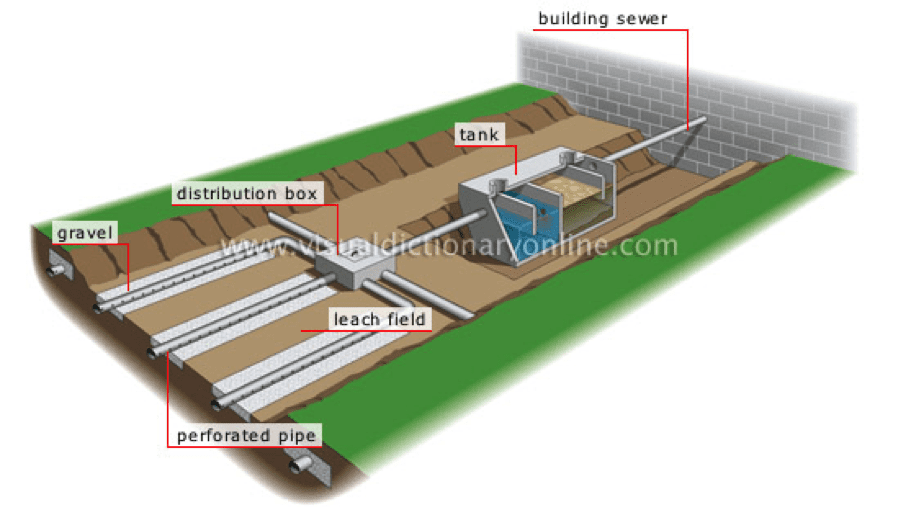how does a dual tank septic system work
A mound septic system is an alternative to other septic tank systems as it rests near the top of the ground and does not use a container for the waste. Solids that sink become part of the sludge layer.
The presence of two tanks decreases the chance of overloading.
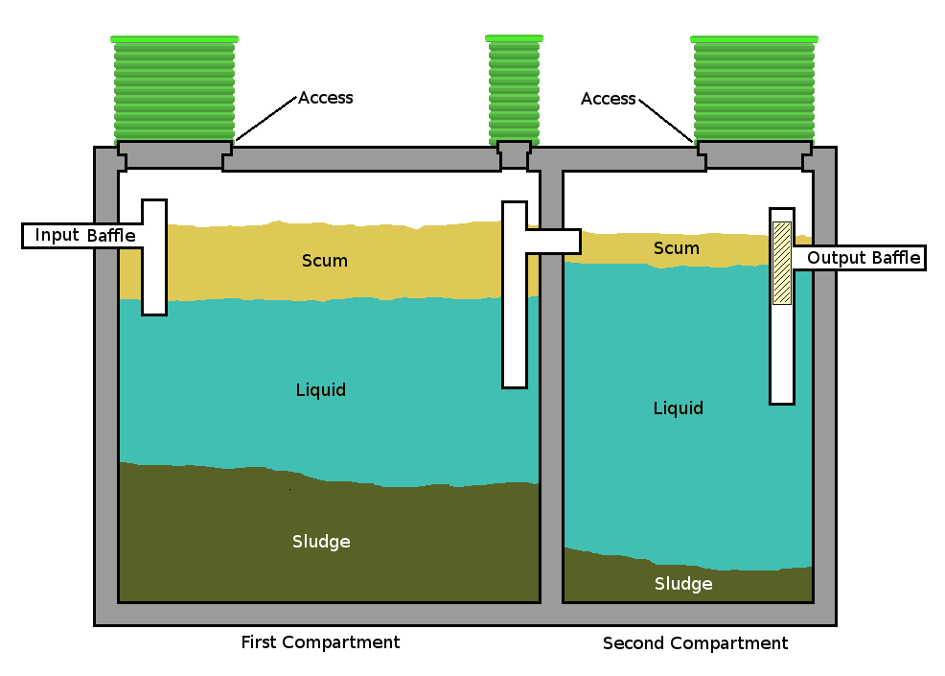
. Lower installation costs - compared to conventional septic systems the installation cost is lower as the installation happens above ground for the leach field. The mound septic system has many good points and bad points. In addition to that it does an excellent job of holding and releasing solids and wastewater.
Its job is to hold the wastewater long enough to allow solids to settle down to the bottom forming sludge while the oil and grease floats to the top as scum. Protects groundwater - a high water table is protected with the use of mound septic over traditional septic systems. This job is completed when the lighter solids sludge and heavy solids settle on the bottom and the scum accumulate into a scum layer including grease and oils forms at the top leaving a layer.
A decentralized wastewater treatment system consisting of a septic tank and a trench or bed subsurface wastewater infiltration system drainfield. The gravelstone drainfield is a design that has existed for decades. Solids that float become a part of the scum layer.
If the solids are organic as they should be anaerobic bacteria act on the solids to reduce their volume. First of all I agree that septic tanks are sludge and scum separation vessels. This type of septic system disposes the waste through sand and the ground will absorb the waste.
A conventional septic system is typically installed at a single-family home or small business. Soil-based systems discharge the liquid known as effluent from the septic tank into a series of perforated pipes buried in a leach field chambers or other special units designed to slowly release the effluent into the soil. The job of the septic tank is to partially decompose lighter solids and do the majority of the processing and effective treatment of the wastewater.
Pros of mound septic systems. A typical septic system consists of a septic tank and a drain field or soil absorption field. The name refers to the.
Also due to the extra space the possibilities of the tanks overflowing or failing are relatively low. So you wont have to pump the tank as frequently as you would with a single tank. Compartments and a T-shaped outlet prevent the sludge and scum from leaving the.
Soil absorption - your septic system. The septic tank is a buried water-tight container usually made of concrete fiberglass or polyethylene. The purpose is to discharge effluent with very few fine.

How A Septic System Works Septic System Service Professional

How A Septic System Works Septic System Service Professional
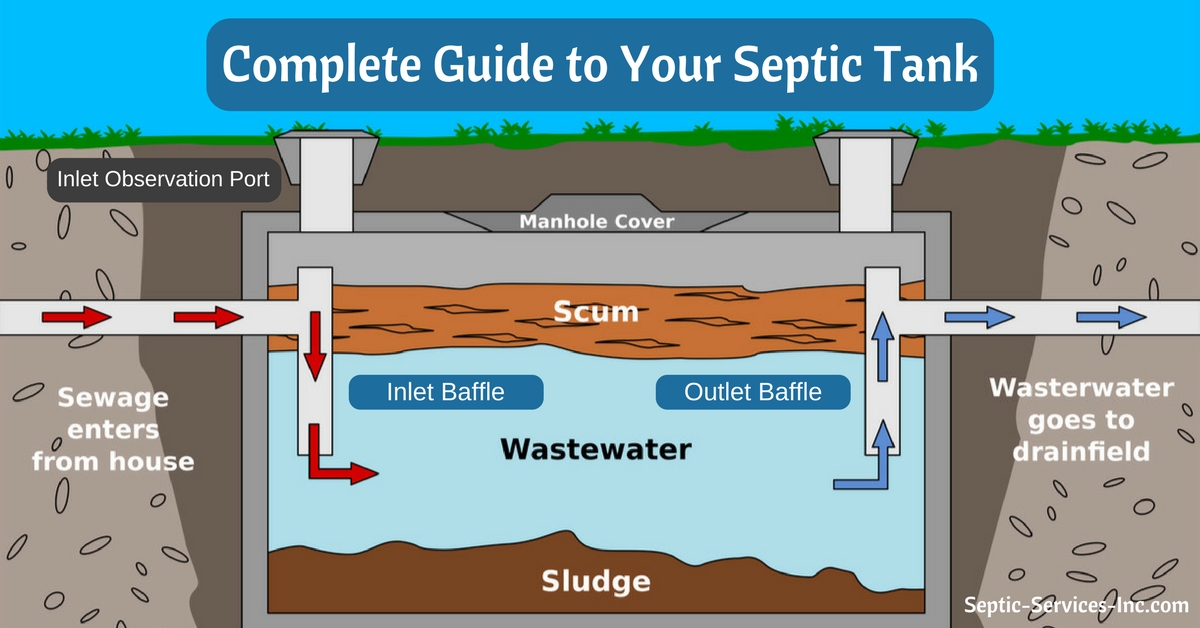
Complete Guide To Your Septic Tank Septic Services Inc
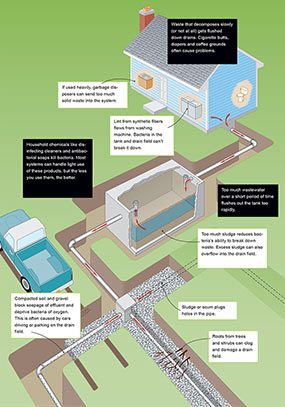
How Does A Septic Tank Work Diy Family Handyman
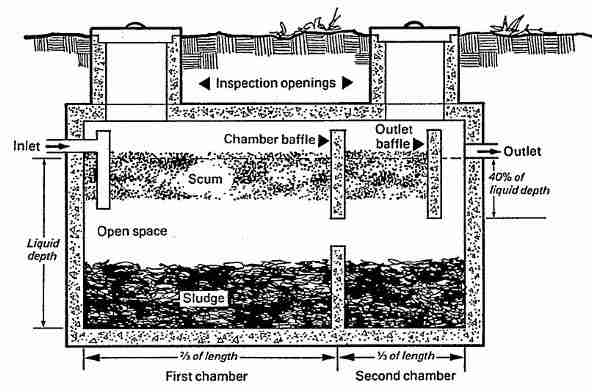
Types Of Septic Systems Alternative Septic System Designs Master List Descriptions Of Kinds Of Septic Systems

Sand Septic System Sand Filter Septic System Sand Mound Septic Sand Mound Septic System Cost Civilgang

How A Septic System Works And Common Problems

Septic System Maintenance Aex 740 01 Septic System Septic Tank Septic Tank Design
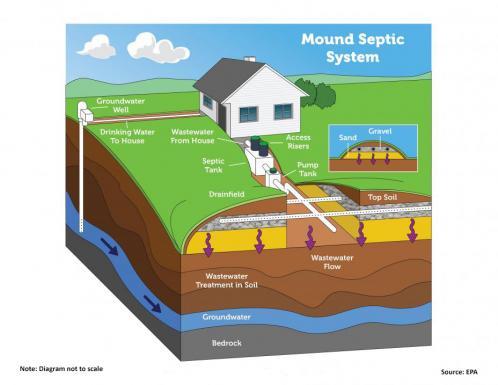
Understanding Your Septic System And How It Works University Of Maryland Extension
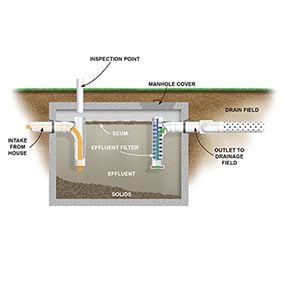
How Does A Septic Tank Work Diy Family Handyman
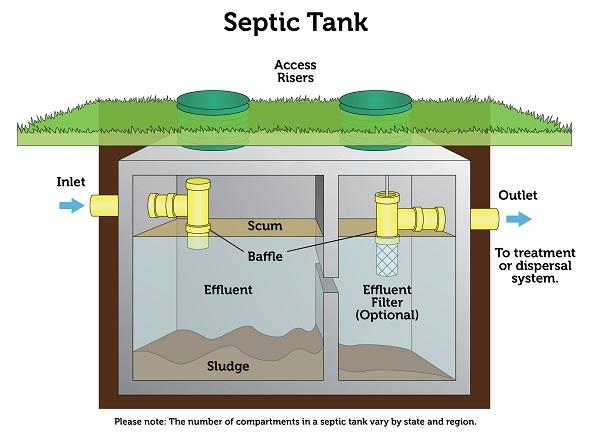
Septic System Education Mccutcheon Enterprises Inc In Pa
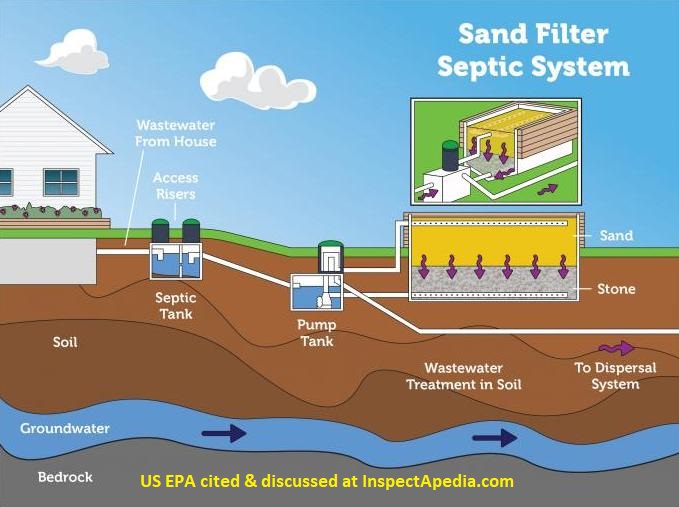
Types Of Septic Systems Alternative Septic System Designs Master List Descriptions Of Kinds Of Septic Systems

Double Compartment Septic Tank Anatomy Septic Tank Design Septic Tank Septic Tank Systems

How A Septic System Works Septic System Septic System Installation Septic Tank Systems
Septic Tank System Things To Know About

Tank Types Express Septic Service

